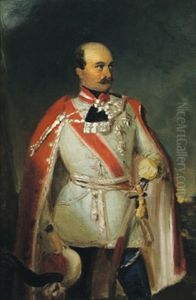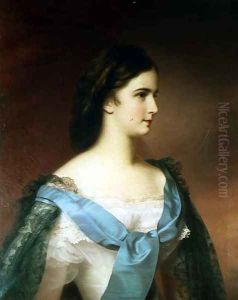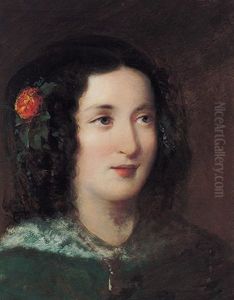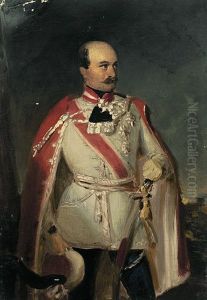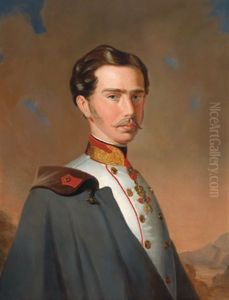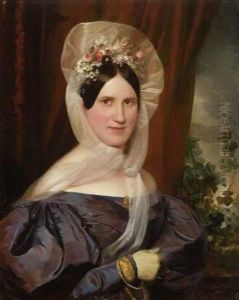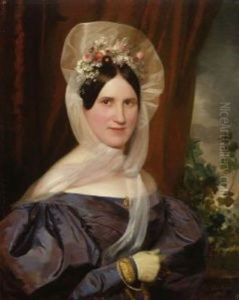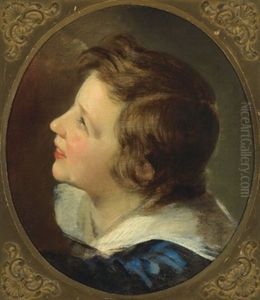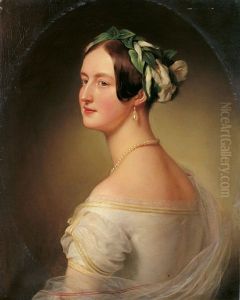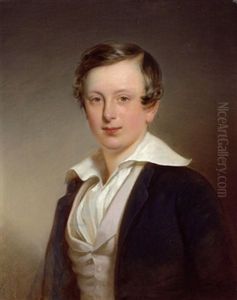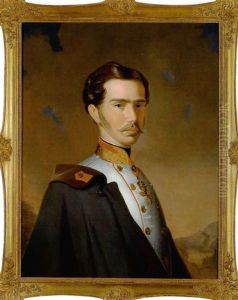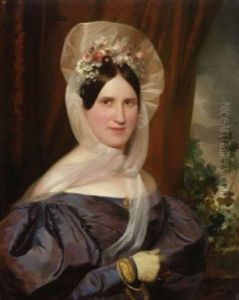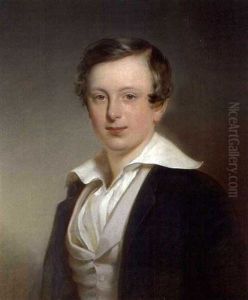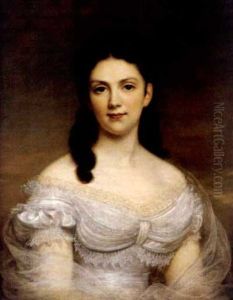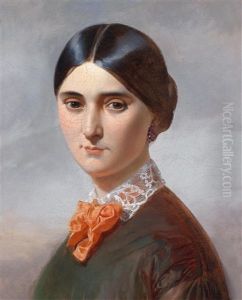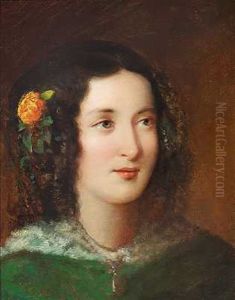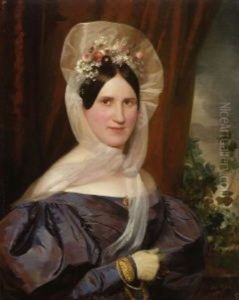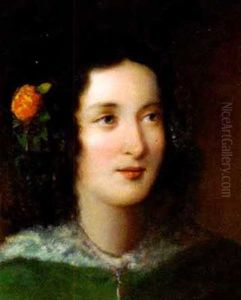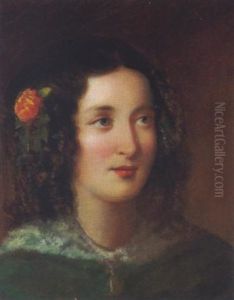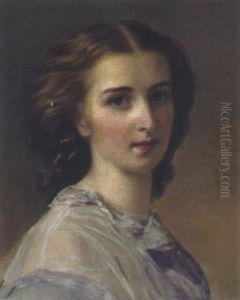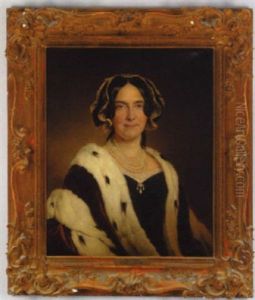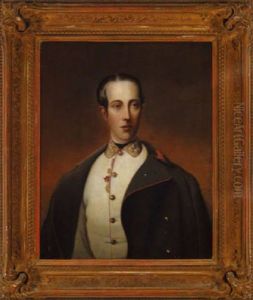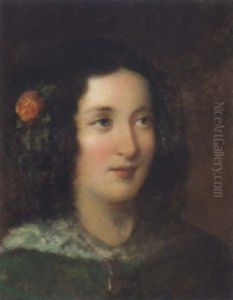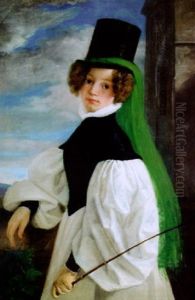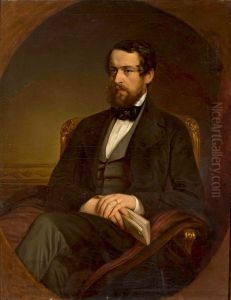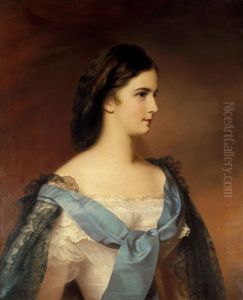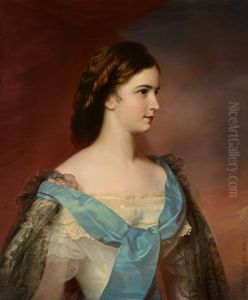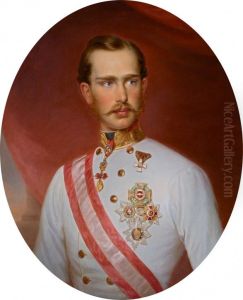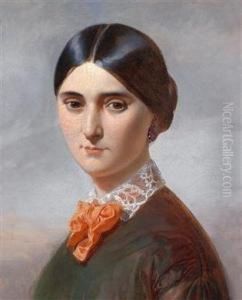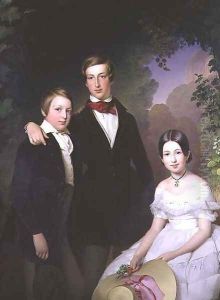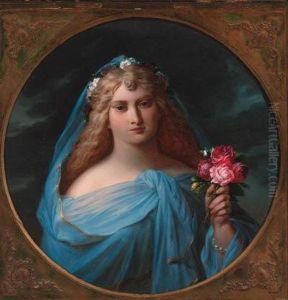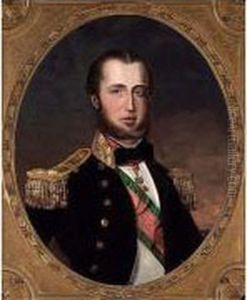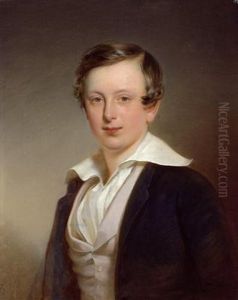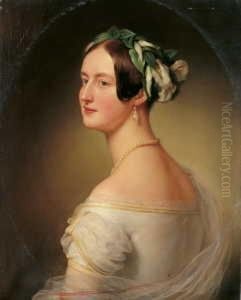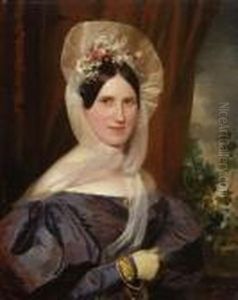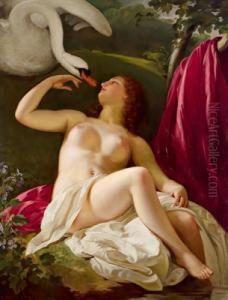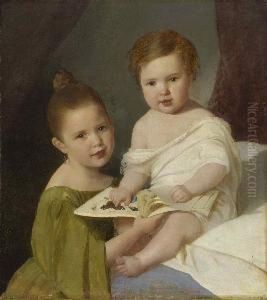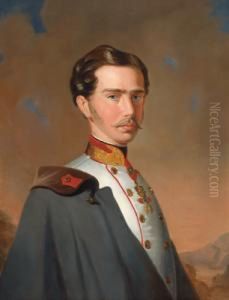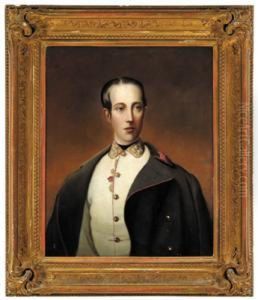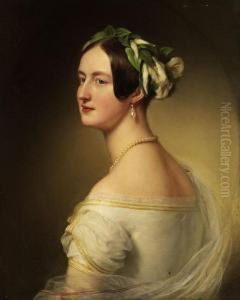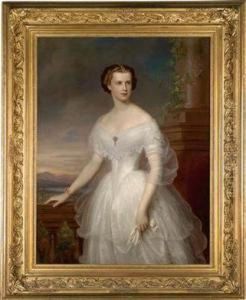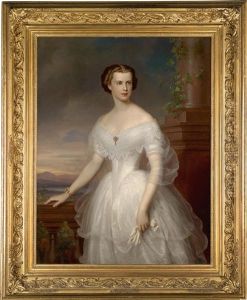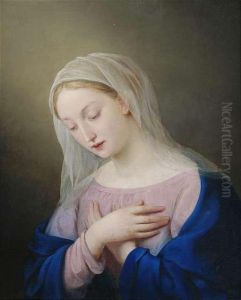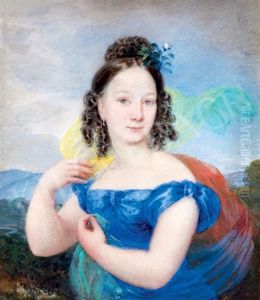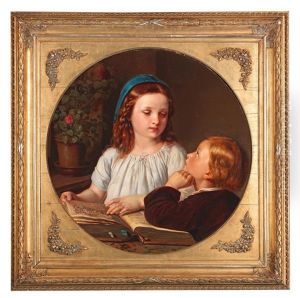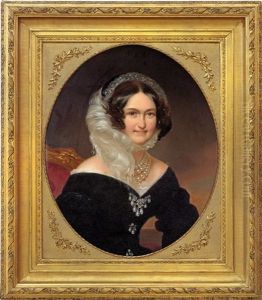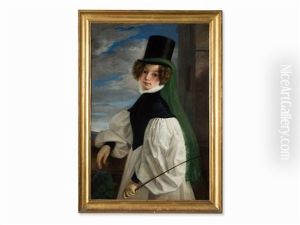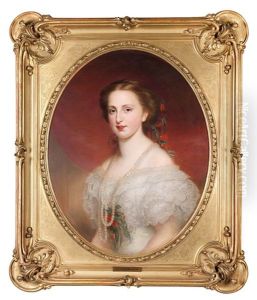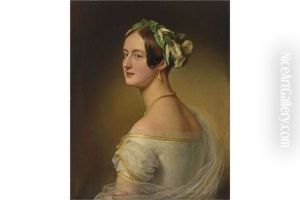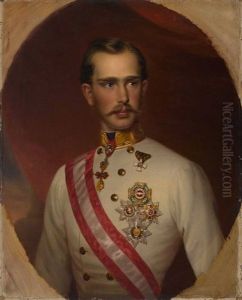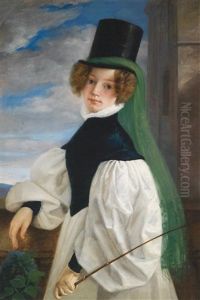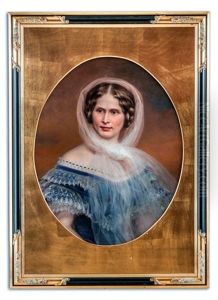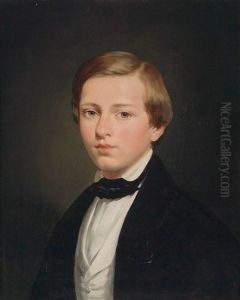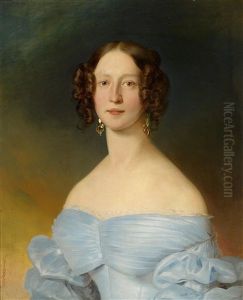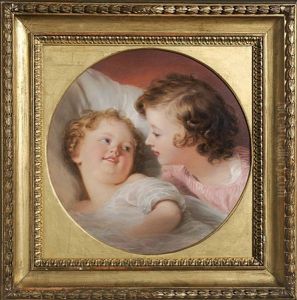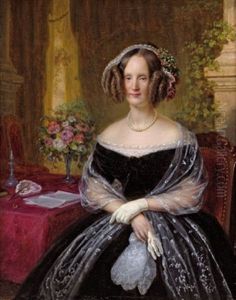Franz Schrotzberg Paintings
Franz Schrotzberg was an Austrian painter known for his detailed and refined portraits, as well as his historical and genre scenes. Born on May 10, 1811, in Vienna, Austria, Schrotzberg showed an early aptitude for art. His initial training was under the tutelage of Leopold Kupelwieser and later at the Academy of Fine Arts Vienna, where he honed his skills in painting and drawing. Schrotzberg's work was greatly influenced by the Biedermeier period, a style that emphasized simplicity and modesty in art, contrasting with the grandeur of previous eras.
Throughout his career, Schrotzberg focused on portrait painting, capturing the likeness and personality of his subjects with remarkable sensitivity and attention to detail. His portraits often featured members of the Austrian nobility and high society, as well as prominent figures of his time. In addition to portraiture, he also explored historical and genre painting, bringing scenes from history and everyday life to the canvas with vivid realism and emotional depth.
Schrotzberg exhibited his work in various venues, including the Vienna Academy and international exhibitions, gaining recognition and accolades for his artistic achievements. Despite his success, he remained dedicated to his craft, continually refining his techniques and exploring new subjects.
Franz Schrotzberg's legacy is preserved in the collections of several museums and galleries in Austria and beyond, where his paintings continue to be admired for their elegance and mastery of form. He passed away on June 15, 1889, in Vienna, leaving behind a body of work that remains influential in the realms of portrait and genre painting. Schrotzberg's dedication to his art and his ability to capture the essence of his subjects have secured his place in the annals of 19th-century European art.
